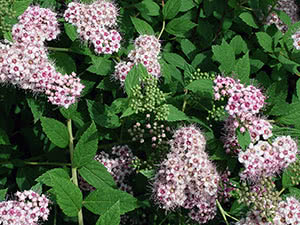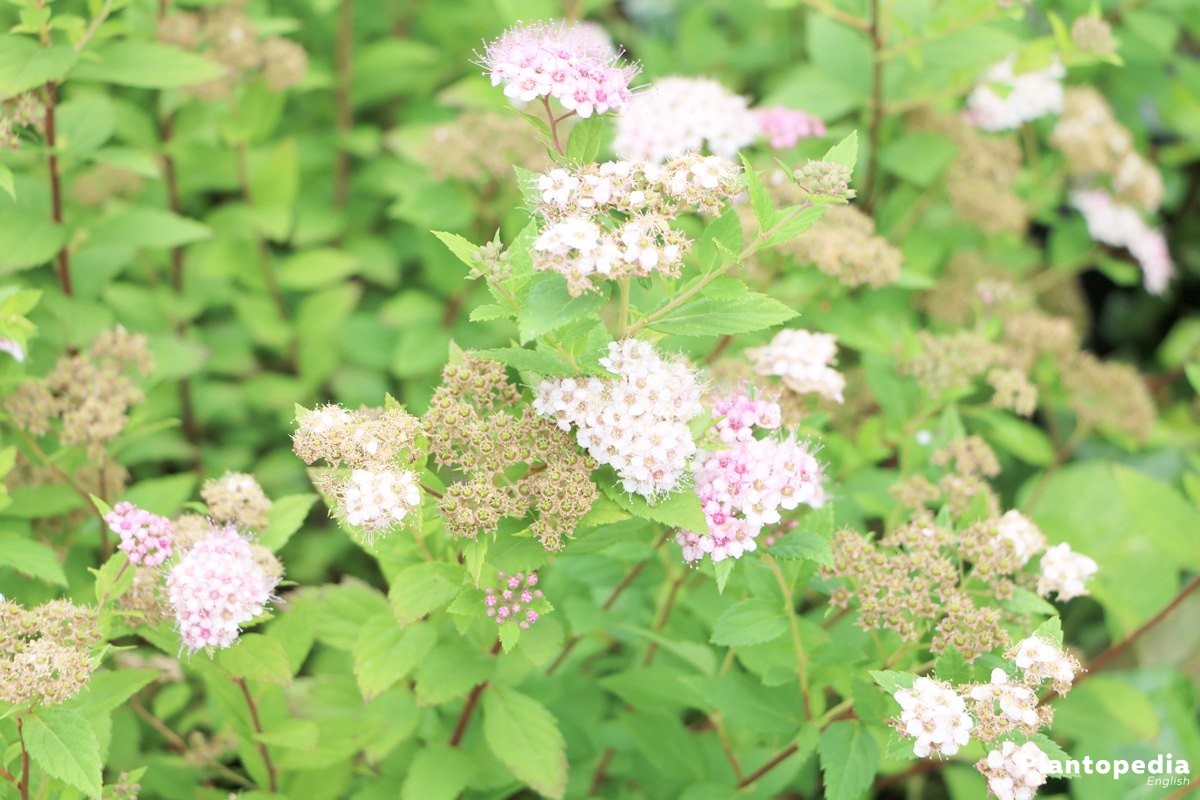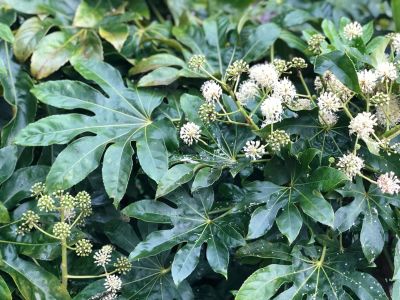Japanese Meadowsweet Care | Slide Mouse

Japanese meadowsweet are tolerant of some shade deer erosion clay and air pollution.
Japanese meadowsweet care. Seeds of filipendula species such as queen of the meadows should be sown in flats in the autumn. Lightly cover the seeds cover with glass and sink in the ground against a north facing shed or wall. It is very easy to care for and quite hardy. I don t do anything extra for them except water them and if i happen to be nearby pinch off the dead blossoms.
Certain meadowsweet cultivars are dwarf cultivars and are particularly well suited to growing in pots. Prune less severely if desired by removing up to half of the dormant plant s branches. What is the recommended dosage. Keep the mulch at least 4 10cm away from the trunk of the plant as this can keep the bark too moist and cause it to decay.
However no clinical trials support the safety or efficacy of these dosages. Prune uniformly over the surface of the shrub to develop evenly spaced new branches and good flower. Meadowsweet has been used for colds respiratory problems acid indigestion peptic ulcers arthritis and rheumatism skin diseases and diarrhea. I was very surprised the first time i did this when it put out new blooms.
If the hole drains within a few hours you have good drainage. Its hardiness to freezing stands down to 5 f 15 c. Japanese meadowsweet can be planted in mass or aligned to create a hedge along pathways or fences. It adapts well to most soil and climate types.
Get reviews hours directions coupons and more for meadowsweet market at 4815 s louise ave sioux falls sd 57106. Doses of flower 2 5 to 3 5 g day and herb 4 to 5 g are considered conventional. Search for other health diet food products in sioux falls on the real yellow pages. How to grow filipendula plants such as meadowsweet queen of the meadows and dropwort in the garden.
You can set meadowsweet up either as a hedge a standalone or in shrub beds. Japan korea and china background also called japanese spiraea it was introduced into the united states around 1870 to 1880 for ornamental cultivation due to its showy rosy pink to carmine flowers. To plant dig a hole no deeper than the root ball and two to three times the width of the root ball and fill it with water. These shrubs can be invasive and propagation can be aggressive.
Remove spent flower heads to prevent this and encourage new blooms. This bush has lovely pink flowers and requires very little attention. Once the seeds have germinated transfer them into pots.


















